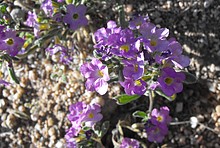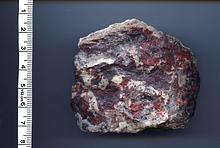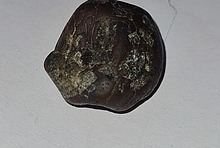Home PageAbout MindatThe Mindat ManualHistory of MindatCopyright StatusWho We AreContact UsAdvertise on Mindat
Donate to MindatCorporate SponsorshipSponsor a PageSponsored PagesMindat AdvertisersAdvertise on Mindat
Learning CenterWhat is a mineral?The most common minerals on earthInformation for EducatorsMindat ArticlesThe ElementsThe Rock H. Currier Digital LibraryGeologic Time
Minerals by PropertiesMinerals by ChemistryAdvanced Locality SearchRandom MineralRandom LocalitySearch by minIDLocalities Near MeSearch ArticlesSearch GlossaryMore Search Options
The Mindat ManualAdd a New PhotoRate PhotosLocality Edit ReportCoordinate Completion ReportAdd Glossary Item
Mining CompaniesStatisticsUsersMineral MuseumsClubs & OrganizationsMineral Shows & EventsThe Mindat DirectoryDevice SettingsThe Mineral Quiz
Photo SearchPhoto GalleriesSearch by ColorNew Photos TodayNew Photos YesterdayMembers' Photo GalleriesPast Photo of the Day GalleryPhotography
╳Discussions
💬 Home🔎 Search📅 LatestGroups
EducationOpen discussion area.Fakes & FraudsOpen discussion area.Field CollectingOpen discussion area.FossilsOpen discussion area.Gems and GemologyOpen discussion area.GeneralOpen discussion area.How to ContributeOpen discussion area.Identity HelpOpen discussion area.Improving Mindat.orgOpen discussion area.LocalitiesOpen discussion area.Lost and Stolen SpecimensOpen discussion area.MarketplaceOpen discussion area.MeteoritesOpen discussion area.Mindat ProductsOpen discussion area.Mineral ExchangesOpen discussion area.Mineral PhotographyOpen discussion area.Mineral ShowsOpen discussion area.Mineralogical ClassificationOpen discussion area.Mineralogy CourseOpen discussion area.MineralsOpen discussion area.Minerals and MuseumsOpen discussion area.PhotosOpen discussion area.Techniques for CollectorsOpen discussion area.The Rock H. Currier Digital LibraryOpen discussion area.UV MineralsOpen discussion area.Recent Images in Discussions
Identity HelpUK yellow needles
14th Jul 2012 18:13 UTCReiner Mielke Expert
14th Jul 2012 18:55 UTCUwe Kolitsch Manager
Locality?
14th Jul 2012 18:58 UTCReiner Mielke Expert
14th Jul 2012 20:58 UTCRonald John Gyllenhammer Expert
14th Jul 2012 21:21 UTCReiner Mielke Expert
14th Jul 2012 21:34 UTCReiner Mielke Expert
14th Jul 2012 22:45 UTCMaggie Wilson Expert
in quartz
FOV 3 mm - my first crack at the new camera/scope set up - it will improve, I promise!
15th Jul 2012 00:10 UTCReiner Mielke Expert
15th Jul 2012 00:26 UTCRalph S Bottrill 🌟 Manager
15th Jul 2012 00:38 UTCReiner Mielke Expert
15th Jul 2012 08:24 UTCRalph S Bottrill 🌟 Manager

15th Jul 2012 18:24 UTCAmanda Hawkins
15th Jul 2012 19:29 UTCMaggie Wilson Expert

15th Jul 2012 21:18 UTCBig V
16th Jul 2012 09:09 UTCPeter Haas
They do not have the same size and therefore, K+ won't replace Na+ that easily.
18th Jul 2012 00:09 UTCReiner Mielke Expert
Interesting point, however analysis of Russain material shows as much as 9 mole% K in the Na position. That could account for the peak. Since K is a much heavier element than Na I would expect it to show up better on EDS.




Mindat.org is an outreach project of the Hudson Institute of Mineralogy, a 501(c)(3) not-for-profit organization.
Copyright © mindat.org and the Hudson Institute of Mineralogy 1993-2024, except where stated. Most political location boundaries are © OpenStreetMap contributors. Mindat.org relies on the contributions of thousands of members and supporters. Founded in 2000 by Jolyon Ralph.
Privacy Policy - Terms & Conditions - Contact Us / DMCA issues - Report a bug/vulnerability Current server date and time: April 18, 2024 16:08:58
Copyright © mindat.org and the Hudson Institute of Mineralogy 1993-2024, except where stated. Most political location boundaries are © OpenStreetMap contributors. Mindat.org relies on the contributions of thousands of members and supporters. Founded in 2000 by Jolyon Ralph.
Privacy Policy - Terms & Conditions - Contact Us / DMCA issues - Report a bug/vulnerability Current server date and time: April 18, 2024 16:08:58













